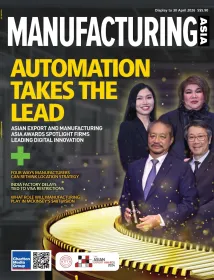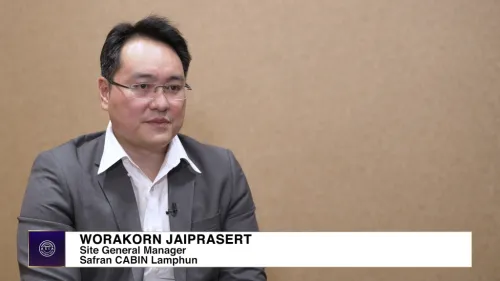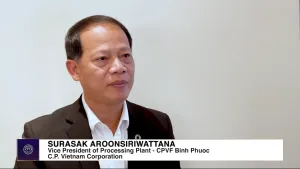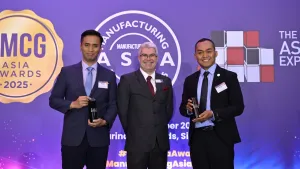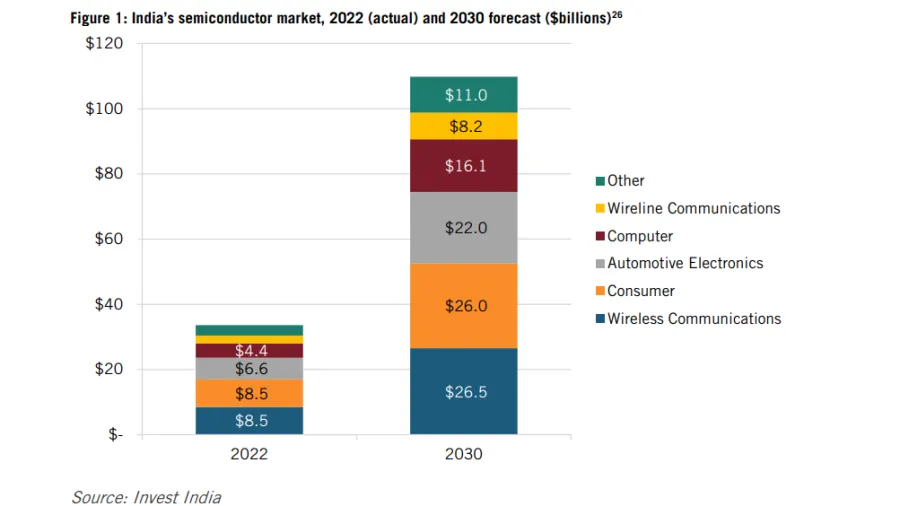
India can become a major chip manufacturing player, study shows
Right mix of policies is key to bolstering growth.
India is well-positioned to play a bigger role in global semiconductor manufacturing with its massive domestic consumer market and growing appeal to investors, according to a new report commissioned by the Semiconductor Industry Association (SIA) and the India Electronics and Semiconductor Association (IESA).
The study showed the subcontinent can grow its footprint in the chips assembly, test, and packaging (ATP) segment as well as attract fabs producing legacy semiconductors at 28 nm or above over the next five years. Establishing a presence in these areas will expand the country’s current focus on R&D and design facets of the semiconductor value chain.
Underpinning its promising outlook for the sector are a fast-growing domestic market, a well-developed design ecosystem, supportive government policies, and industry-wide efforts to tap the global market, according to IESA President Ashok Chandak.
The country is projected to become the third-largest consumer market by 2027 with household spending estimated to rise by a compounded 14.6 percent annually until that same year.
“The report underscores India’s tremendous progress towards becoming a prime destination for electronics and semiconductor manufacturing, capitalizing on its robust semiconductor design ecosystem,” Chandak said.
India has made great strides in the sector with previous studies showing the country’s electronics manufacturing capacity had already doubled its share of global smartphone production to 19% over the past five years.
It also plans to increase the percentage of chip components it sources locally from 9% in 2021 to 17% by 2026, in line with the fast-rising chip demand in the country.
The report’s author, Information Technology and Innovation Foundation (ITIF), found that most industry stakeholders were confident India could commission two to three fabs on a commercial chip production scale at the 28 nm or above range in the next five years.
ITIF recommended policies that can support the sector’s growth further, including advancing the country’s semiconductor cooperation with the US as well as piloting a visa program that will streamline the exchange of skilled workers between the two nations.
It added that the state can work on lowering costs of doing business, tax incentives, reducing customs administration burdens and expediting clearance times for goods entering the country to maintain a favorable business environment for chip manufacturers.
“India is already an important link in the global semiconductor supply chain and has the opportunity to expand its role in our sector,” SIA President and CEO John Neuffer said. “India’s value proposition is strong, and I’m confident it can grow even stronger with the right mix of government policies.”






